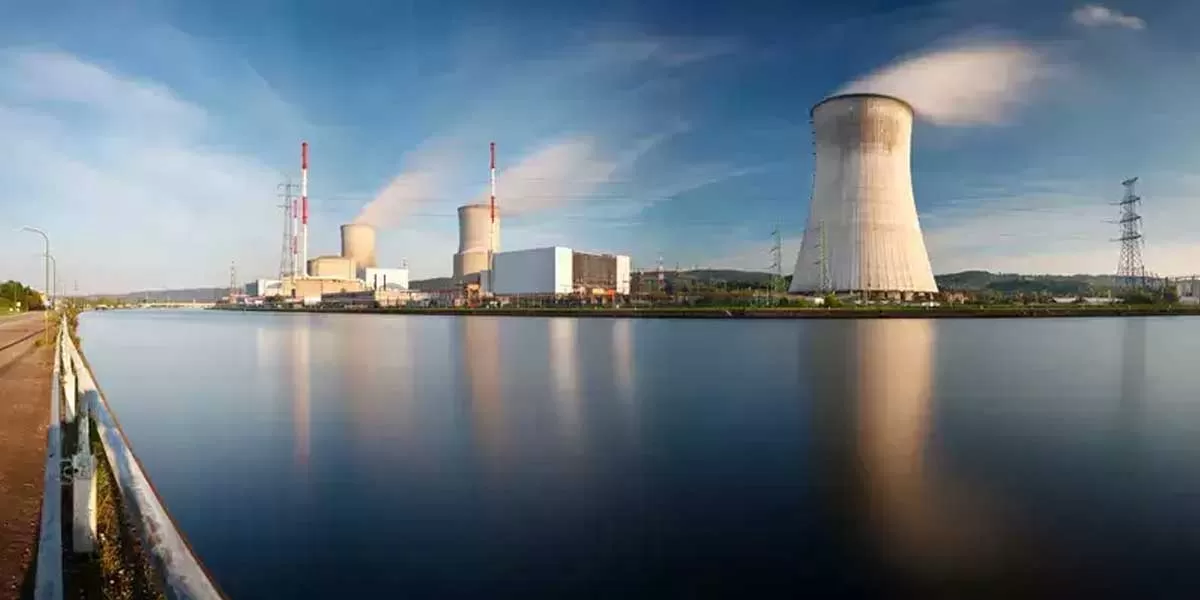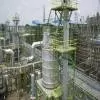
India's Renewable Energy Capacity Hits 203.1 GW, Up 165% Since 2014

Southern Peripheral Road Rises as Gurugram’s Next Cyber City
Southern Peripheral Road (SPR) is fast emerging as one of Gurugram’s most vibrant real estate corridors—buzzing with new developments, commercial growth, and infrastructure upgrades. With its strategic location and increasing connectivity, SPR is being seen as the city’s next Cyber City, attracting homebuyers, investors, and developers in equal measure.According to PropEquity data, the housing demand along SPR has grown nearly six times over the past five years. From 2020 to March 2025, 10,240 residential units were absorbed in the market—compared to just 1,535 units between 2015 and 2..

DHL Express Enhances Service Capabilities with Agra Facility Expansion
DHL Express, a global leader in international express shipping, has announced the successful expansion and relocation of its service center in Agra. The new facility, encompassing 3,900 square feet, is strategically situated and expected to enhance operational efficiency while upholding DHL service quality in Agra’s dynamic export market.Agra is a vital hub for the Micro, Small, and Medium Enterprises (MSME) sector, significantly contributing to the region's economic landscape while creating job opportunities. This vibrant sector includes diverse industries, from traditional handicrafts such..

hansgrohe Innovations wins Double Golds at iF DESIGN AWARD 2025
Once again, this year, the prestigious iF DESIGN AWARD has recognised groundbreaking design achievements with particular relevance to society and everyday life. An international panel of experts evaluated almost 11,000 submissions from around 66 nations. The hansgrohe brand impressed with two innovative bathroom solutions and was honored with the coveted iF DESIGN AWARD 'Gold' labels.hansgrohe Avalegrahansgrohe Avalegra impressed the jury as "a good example of how to introduce a new usage scenario in the bathroom." The experts praised the elegantly curved mixer tap, which creates an original y..














